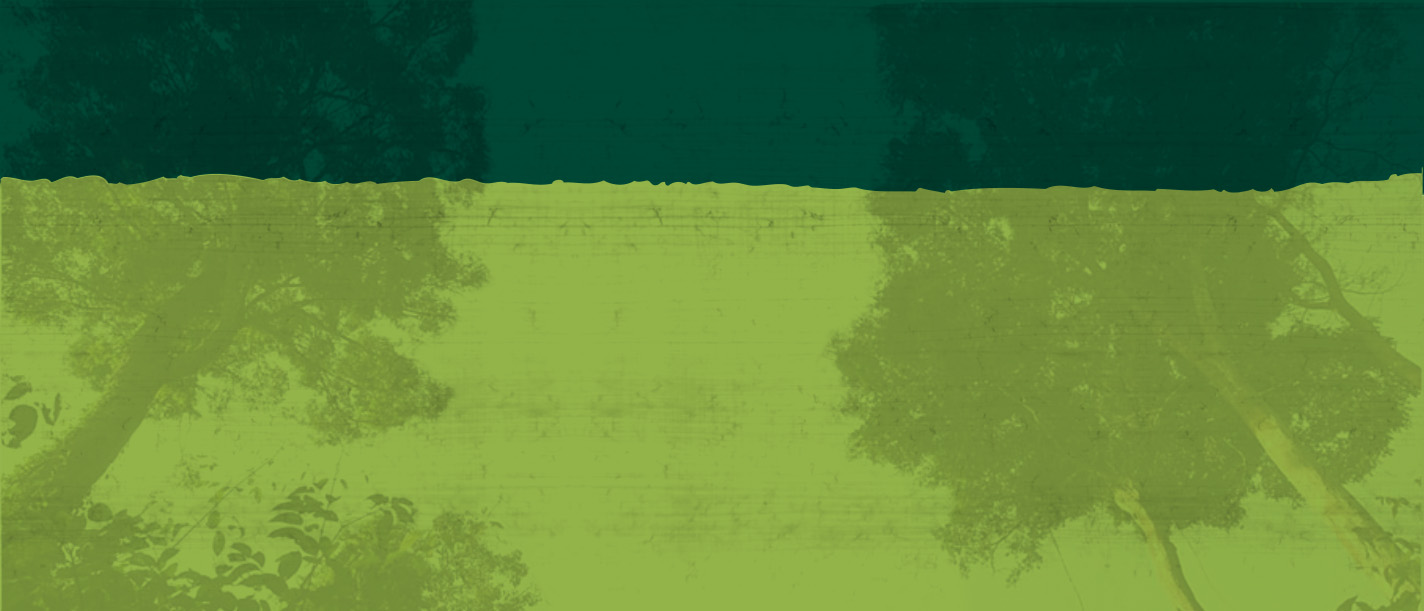News
Search for limiting soil nutrients in Budongo
July 19, 2018

By Dr. Oliver van Straaten, University of Göttingen, Department of Soil Science of Tropical and Subtropical Ecosystems
E-mail: ostraat@gwdg.de
Nutrients are an essential part of all living organisms on Earth. Humans, chimpanzees, birds, plants, crops and even microbes need nutrients to survive, grow, and reproduce. Most nutrients enter the ecosystem through plants from root uptake or from the air through leaves (carbon dioxide (CO2)). There are 17 important elemental nutrients for plants, among which are the macronutrients nitrogen (N), phosphorus (P), potassium (K).
Humid tropical forests, like the Budongo Forest, are highly productive systems that have adapted to nutrient poor soils. Here, leaves, twigs and wood decompose very rapidly once they fall onto the forest floor, and the nutrients are then quickly recycled by plants. In the Budongo forest, you will notice that the leaf litter layer is very thin, demonstrating the rapid decomposition of organic materials on the forest floor. You will also notice that many trees have shallow root systems (like buttressed trees), which allows trees to access nutrients from freshly decomposed organic material at the soil surface.


Notice the thin litter layer: decomposition is fast!
Through photosynthesis, tropical forests actively remove human-made CO2 out of the atmosphere and store the carbon in wood and leaves. By absorbing CO2, tropical forests are considered carbon sequestration sinks. However, recent research has shown that the rate of carbon sequestration by tropical forests is decreasing. Ultimately, this means that the buffering capacity these forests offer in the fight against global climate change is starting to wane. If tropical forests fail to remove CO2 out of the atmosphere, more CO2 will stay in the atmosphere and the effects of climate change will become more severe.
Since nutrient limitations play an important regulatory role in plant growth, and accordingly the rate at which carbon is removed from the atmosphere, we have set up an experiment in the Budongo Forest to investigate whether (and how) plant nutrients constrain tree growth and other ecosystem properties. In this nutrient manipulation experiment, we add small quantities of plant nutrients to the forest floor and measure ecosystem responses. According to Liebig’s Law of the Minimum, plant growth is dictated by the scarcest resource available, such as light, water, or a specific nutrient. 
According to Liebig’s Law of the Minimum plant growth is dictated by the scarcest resource available, such as light, water, or a specific nutrient. Source: Wikipedia
In this experiment, if a nutrient is limiting tree growth (or another biological process), we expect that if we add the lacking nutrient, we will shortly thereafter measure a significant response in biomass production.
In this project, we are using a factorial experimental design to compare how plots with nutrient additions of nitrogen (N), phosphorus (P), and potassium (K), and in all combinations of N, P and K, compare with undisturbed control plots. In total we have established 32 experimental plots, each 40m x 40m in size. 
The dendrometer band installed on the tree can measure tree growth with up to 0.1 mm accuracy
The experiment started in May 2018, and is expected to run for at least another 2.5 years until 2020. During this time we hope to learn about the role nutrients play in ecosystem processes, such as plant growth, nutrient cycling and turnover, and fruiting behavior among other topics.
The experiment is a collaborative project between the University of Goettingen in Germany, the Budongo Conservation Field Station, and Makerere University. The project is funded by the German Research Foundation (DFG). The project supports the research of young African scientists at both MSc and PhD levels. At the moment Raphael Manu (PhD), Alfred Aleje (MSc) are the candidates supported.


Latest Articles
-
Perspectives Collective Journal Launch
February 21, 2024
-
Snares are major threat to juvenile chimps in Budongo
November 25, 2022
-
Albino infant chimpanzee sighted in Sonso
September 07, 2021
-
The silver linning of COVID-19
September 15, 2020
-
ILLEGAL ACTIVITIES ON THE RISE IN BUDONGO FOREST RESERVE DURING THE COVID-19 PANDEMIC
May 21, 2020




